Tire Pressure Calculator Wars
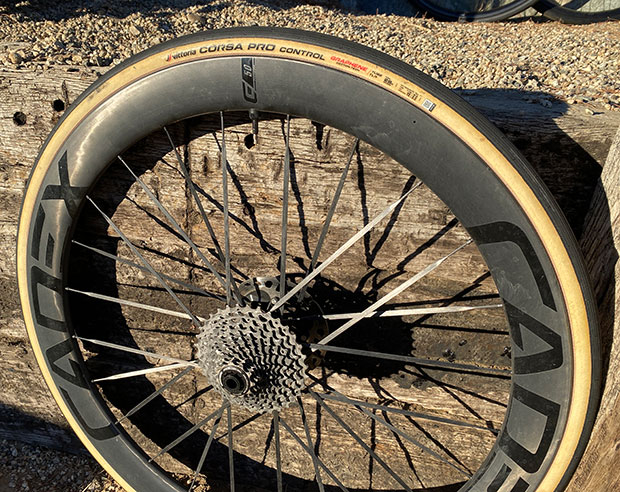
The three things I’d like to cover here are: new tires are added to our global compatibility chart; the difference between Silca’s tire calculator and the recommended pressures by just about everybody else in the hookless wheel community; and the increasingly unsustainable decision by (some) wheel brands to produce granular tire compatibility charts.
New Entries on the Slowtwitch Hookless Wheel & Tire Compatibility Chart
As to recent entries on the chart, of course there are recently launched Vittoria tires – the Corsa Pro and the Corsa Pro Control – and there’s a third that one might assume is coming and you folks would (theoretically) love this one for your WC triathlon ambitions, but this tire might exist and it might not. I can only say that there was a pretty interesting tire underneath Jonas Vingegaard when he demolished the field in the TdF time trial. Beyond these tires, added were a pair of tires from Goodyear, I wrote about the racy one last week, and I’m riding the F1 R (the highly durable version) on a set of Forge + Bond Allroad wheels pictured in the image furthest below. You haven’t seen these wheels on our chart yet. When I’m satisfied they’re ready for the chart up they’ll go and, to be clear, these are Allroad wheels for a road chart but I have grown quite fond of this use case (e.g., the CADEX AR). Speaking of CADEX, I just added the aero wheels you see Blummenfelt riding.
Which takes us to the most contentious item on my agenda for today, tire calculators. On the one hand is Silca’s highly respected calculator and on the other we have… everybody else (in the hookless arena). This isn’t just an issue of performance, but of the very viability of hookless as a road platform. Silca’s pressures are just too high for hookless below, say, a nominal 28mm tire and perhaps a 30mm tire depending on the rider. Not that this bothers me, because I’m not a fan of hookless for 25mm tires. Still, there’s a big delta between Silca and the rest of the world and I’d like to describe the size of this gap and then maybe try to narrow it down.
Tire Pressure Calculator Wars
Let’s take me as an example, because I’m pretty characteristic of the rider of the future and perhaps present. I weigh 170lb and for the purpose of this exercise we’ll choose a 28mm tire and by “nominal” what we mean it’s the size heat-stamped on the sidewall. One difference in the way these calculators work is that Silca uses “measured” rather than “nominal” and this helps narrow the gap to some degree, as we shall see. I ride 28mm because when I ride 25mm it feels like the riding version of running in pumps. (Not that I have a lot of experience running in stiletto heels, but I’ve got a little more time on my hands these days and I’m always up for new experiences).
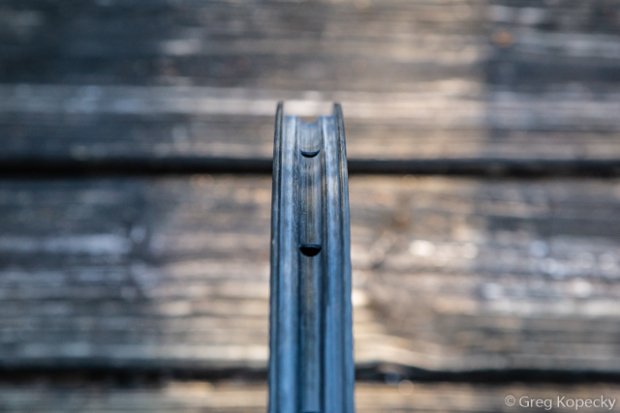
CADEX says on its calculator that on a wheel with a 22.4mm inner bead width (pretty typical on their road wheels these days) I would ride with 61psi in my tires (on a tri bike with, one assumes, 59psi and 63psi or thereabouts in the front and rear tires respectively on a road bike).
ENVE thinks I would ride its SES 6.7 – a wheel with a 23mm inner bead width – at 57psi in a tire between 27mm and 31mm sizes. There’s a pretty big difference between a 27mm and a 31mm tire. ENVE thinks I would ride a 25-26mm tire at 73psi. If you endeavor to smooth those numbers out, I add or subtract 4psi per mm of tire width (ENVE does not say whether this is measured or nominal). So, how about this: 73psi for 25mm, 69psi for 26mm, 65psi for 27mm, 61psi for 28mm, 57psi for 29mm, 53psi for 30mm, and 49psi for 31mm. To me, this makes sense. We see, then, that ENVE and CADEX agree on 61psi as the blended (front and rear) pressure for a 170lb ride on a 28mm tire.
Zipp’s tire pressure calculator is an actual calculator, not a chart, but I suspect it remains just a big chart on the back end. When I plunk in my digits what I get are 58psi and 61psi front and rear, which pretty well agrees with CADEX and ENVE above. Note that this calculator asks for inner bead width and I populated this field with 23mm. If instead I plunked 19mm in there the pressure values go up almost 5psi.
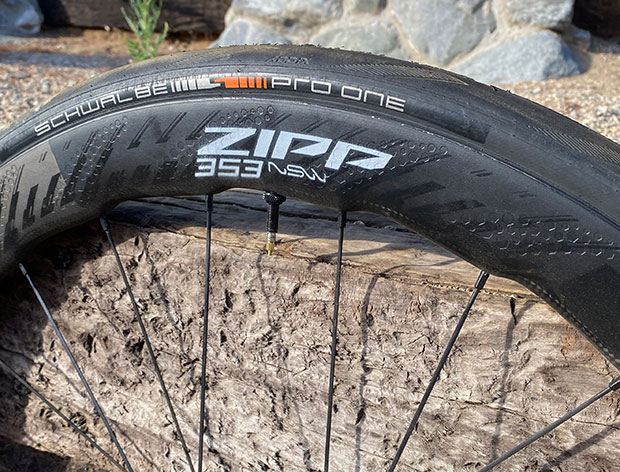
Silca’s pressure calculator says I should be riding 71psi in the rear and 69psi on the front, or, about a 9psi or 10psi difference (and it would be more than that if I hadn’t placed 30psi in the tire size field for my 28mm tire). Its calculator varies in 2 ways from the others above. First, it’s measured tire width. Second, it doesn’t ask for rim inner bead width. When I measure my 28mm named tires on wheels with my preferred 23mm (or so) inner bead width, they’re 30mm. As we see, there's a difference in tire width between nominal and measured when the rim's inner bead width grows. We see that, according to Zipp, there’s a quite profound difference in the pressure Zipp recommends when you add inner bead width (about a pound of pressure reduction per millimeter of extra bead width).
Our own compatibility chart says I should be riding 60psi on that CADEX Ultra 50 in the image above with the Corsa Pro Control tires (that tire is not yet officially on CADEX’s compatibility chart; more on that below). That means probably 58psi on the front and 62psi in the back. Why does our chart come in at these pressures? Honestly, trial and error. As I keep riding these tires on these wheels in my own testing, what I find is that all the value of larger tires and wider bead widths is lost if I pump the tires rock hard, and if I pump 70psi in that rig I’m riding it’s rock hard. We’re down to 10psi between what Silca recommends and what everyone that I list here recommends, nevertheless why the delta? I have the following guesses.
First, the difference between nominal and measured. This might not seem like a big deal until you realize that nobody making hookless road wheels is making an inner bead width smaller than 22.4mm. My own road wheels that I ride range from 22.4mm to 25mm in inner bead width, and as you grow that bead width the measured tire size grows and as that happens the Silca calculator’s recommended pressures go down, down down.
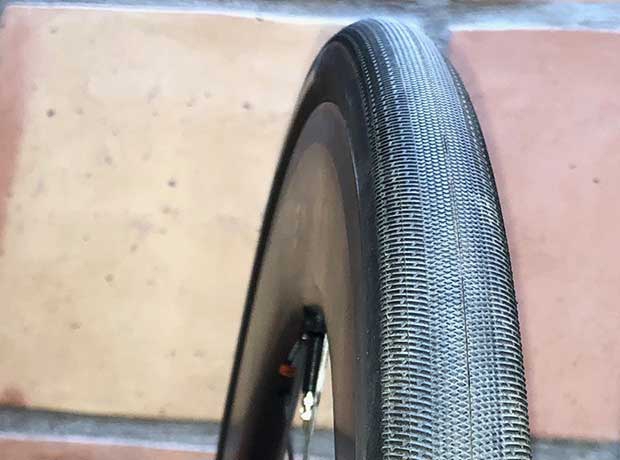
Second, there is in my experience a chasm of difference between the pressure required in a rim with a 17mm or 19mm inner bead width and one with 23mm or 25mm of inner bead width. One of my favorite wheels is a Zipp 353 NSW and that wheel has a 25mm inner bead width. If you put a 30mm (nominal) road tire on there you have just a crackerjack set up and if I put more than 55psi in that wheelset it feels like I’m riding 120psi. Why? Because the durometer of that rig normalizes according to its specs. The wider tire plus the wider bead width means 52psi (the blended pressure I ride in that wheel/tire set) has a tire sag, or spring rate, or depression that I would expect in a 23mm tire on a 17mm inner bead width pumped to 110psi. I haven’t tested this. It just is what it feels like and it wasn’t that long ago that 23mm on a 17mm inner bead width rim was what I rode.
Finally, is there a difference in pressures between hooked and hookless? Not much but, in my opinion, probably some. I’m quite confident in my own analysis that a tire in a hookless system stands up better than on a hooked rim, because it’s not pinched at the waist. Does this translate to a lower pressure required to achieve the same tire sag in a hooked rim? I don’t know but if I were to guess I’d say it’s worth 2psi to 3psi.
I will be testing all this according to a new metric as soon as my first tire durometer tester shows up next week (whoopee!) and we’ll see if this adds color to the discussion. But look, what I have not done is ask Josh Poertner at Silca about what inner bead width is contemplated for his pressure testing, and much of the data that formed the basis for that calculator was generated in 2014 when bead widths were much narrower than on the hookless rigs I’m riding today. So, maybe there isn’t that much space between the tire pressures recommended by Silca versus these other wheel brands (and what I find in my own riding).
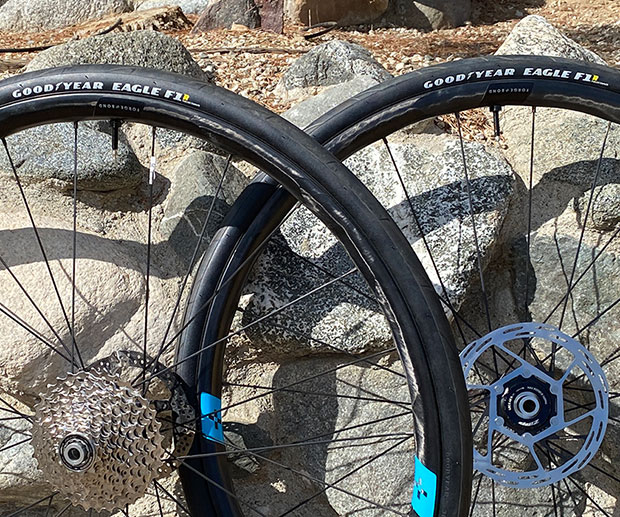
Wheel Makers' Approved Tire Charts
Last item. Our wheel/tire compatibility chart is designed to do the following: present to you the hookless wheel/tire combos you’d most likely want to ride; be global (include all relevant brands); and be temporary (at some point this chart will not be needed). What will make this chart superfluous is when tire and wheel makers simply make their products work with conforming standards. A tire maker can simply say, “if a wheel is made to ETRTO standards, our tire will work.” A wheel maker can say, “We make our wheels to ETRTO standards, so, any tire purporting to be hookless compatible will work.” What we have now are a pair of wheel makers – ENVE and CADEX – hosting tire compatibility charts that are quite granular, that is, they list the tires down to the model. This runs contrary to the goal of the certification process; and their tire compatibility charts are, in my opinion, often quite out of date.
Take the wheel/tire I'm riding for the purpose of the pressure analysis above. It’s a CADEX Ultra 50 wheelset with a set of Corsa Pro Control tires in 28mm and this has been my go-to performance wheel for the last couple of months. This tire is not yet listed on the CADEX compatibility chart. The Corsa Pro is, but not the Pro Control. This is the tire I want to ride for my particular use (high performance, STRAVA-segment worthy, but quite flat-resistant). Would I buy this wheel if I could not ride that tire? CADEX either needs to update this chart more frequently, or just give up the idea of hosting a chart, and replace its chart with a list of any known tire compatibility issues. Same for ENVE and its tire compatibility chart, which does not list either of Vittoria’s new “Pro” tires (the Corsa Pro or Corsa Pro Control).
I will say this in defense of both CADEX and ENVE: they have particular testing protocols, both of which exceed in certain respects the protocols required by the ETRTO of tire makers. I do think it’s fair to consider whether the ETRTO and/or the ISO have tire tests that inspire ultimate confidence in this way of making wheels.



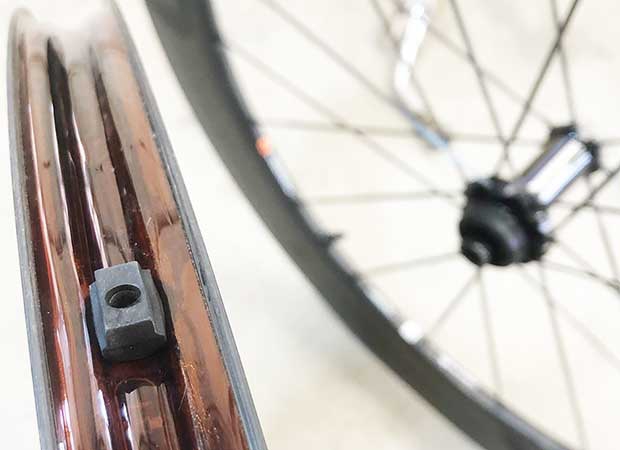
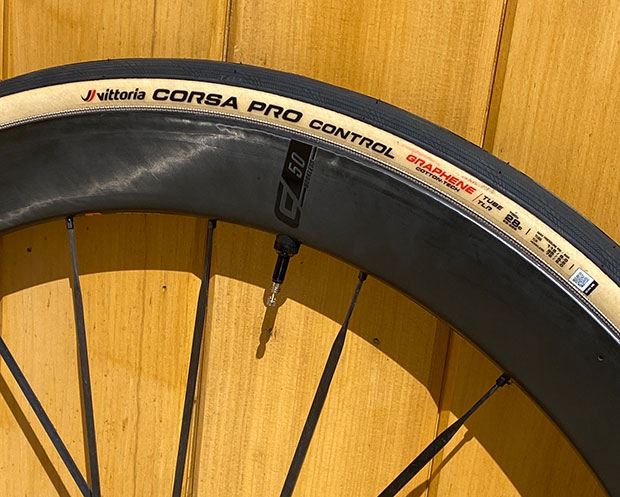
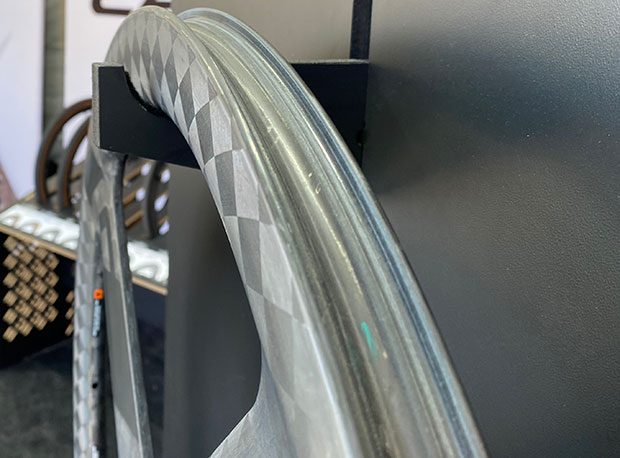

Start the discussion at forum.slowtwitch.com